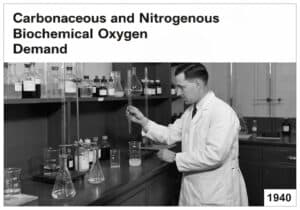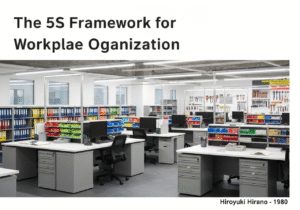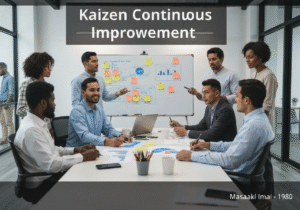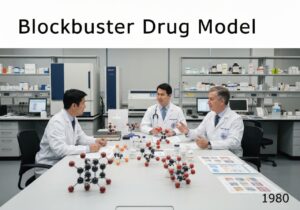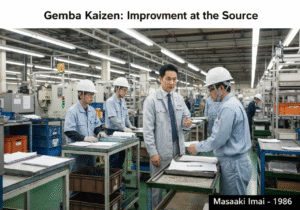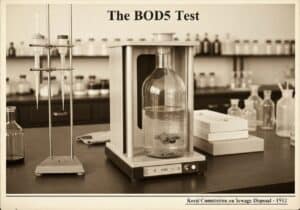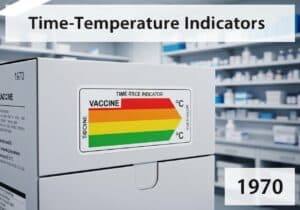The product 生命周期 (PLC) model describes the stages a product goes through from its launch to its withdrawal from the market. These four key stages are: Introduction (low sales, high costs), Growth (rapidly rising sales and profits), Maturity (peak sales, declining profit margins), and Decline (falling sales and profits). This framework helps in strategic marketing and management decisions. IMPORTANT NOTE: in more modern approaches, and less Sales or Marketing oriented, the 产品寿命 Cycle must include its Manufacturing, so as its Recycling stages. An even more complete approach, such as the one we strongly advocate on innovation.world, it shall even include a Market Study and an Ideation stage, and depending on the field, Post Market Surveillance also.
